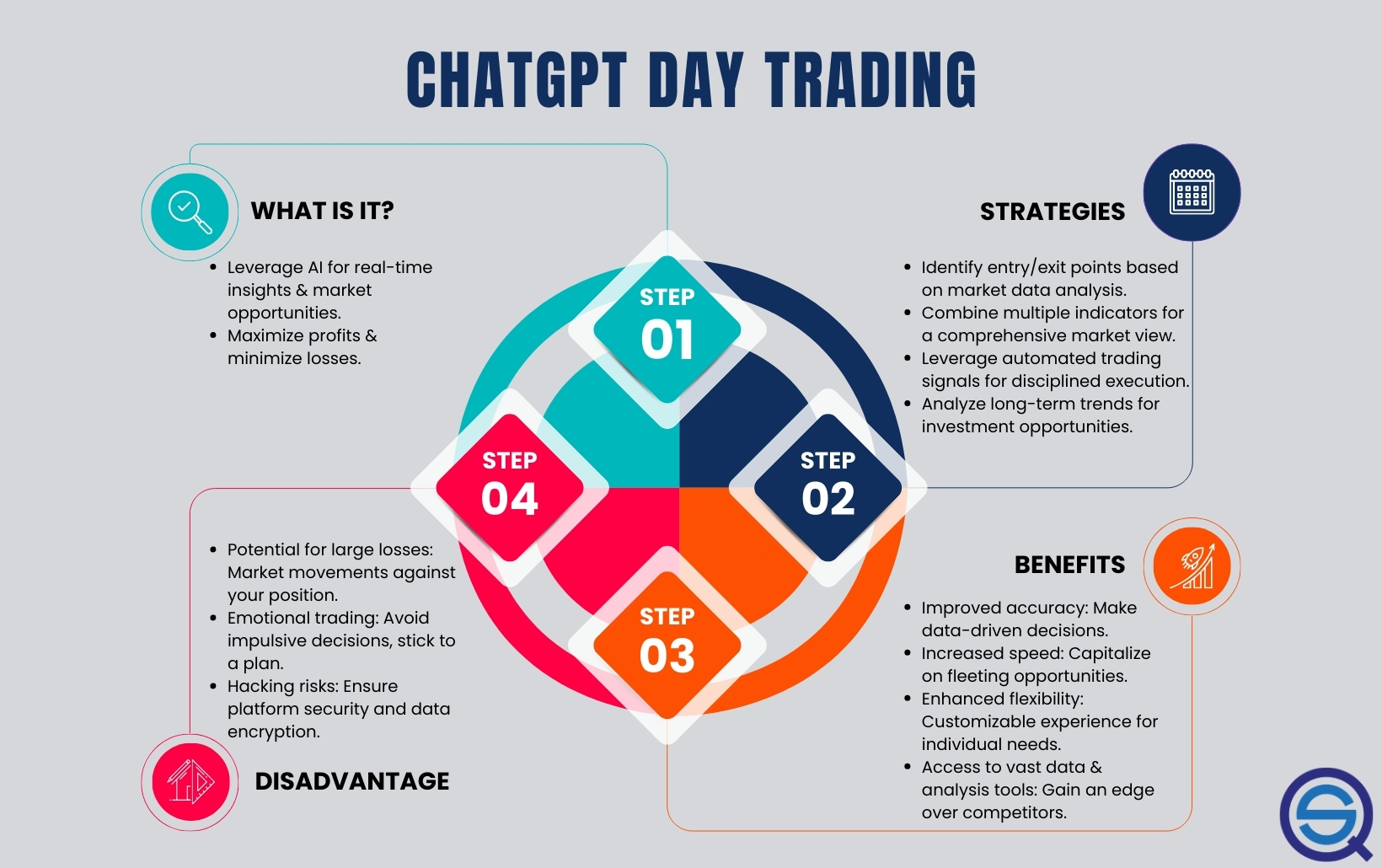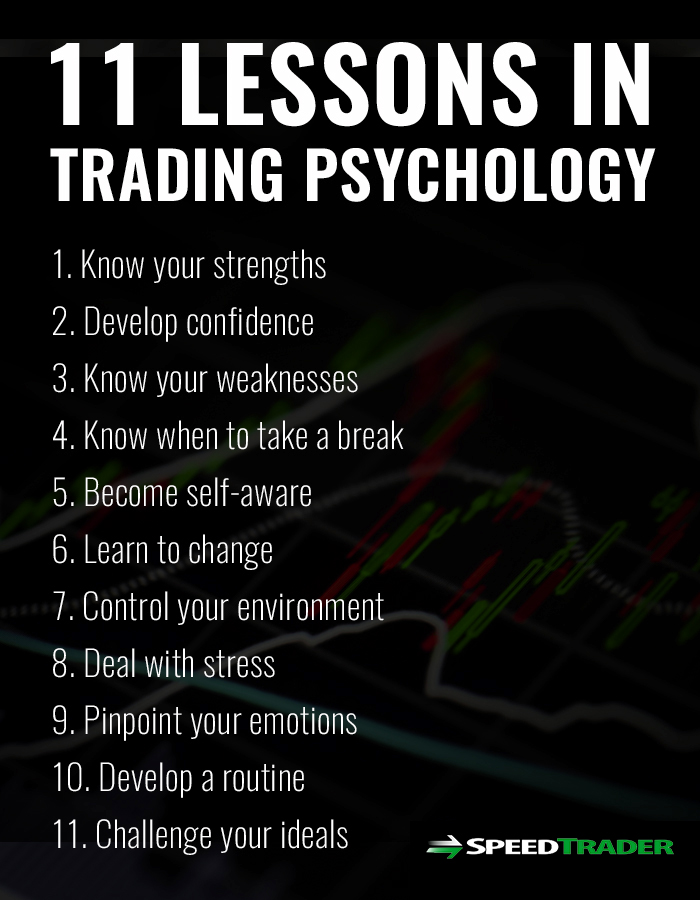Did you know that the average day trader consumes enough caffeine to fuel a small rocket? While trading may sound exhilarating, it comes with its own set of challenges and questions. In this comprehensive guide, we tackle common day trading FAQs, from the basics of what day trading is and how it works, to essential strategies, startup capital requirements, and risk management. Discover how to select the best stocks, utilize effective tools, and develop a winning trading plan. We’ll also cover the emotional aspects of trading, tax implications, and the differences between day trading and swing trading. Whether you’re a newbie or looking to refine your skills, DayTradingBusiness is here to guide you through every step of your trading journey.
What is day trading and how does it work?
Day trading involves buying and selling financial instruments within the same trading day, aiming to profit from short-term price movements. Traders use strategies based on technical analysis, market trends, and price patterns. They execute multiple trades, often leveraging margin to maximize returns. Successful day trading requires quick decision-making, discipline, and an understanding of market risks.
What are the key strategies used in day trading?
Key strategies in day trading include:
1. Scalping: Making quick trades to capture small price movements.
2. Momentum Trading: Buying stocks that are trending up and selling those trending down.
3. Swing Trading: Holding positions for several days to profit from expected price swings.
4. Technical Analysis: Using charts and indicators to identify entry and exit points.
5. News Trading: Reacting to market news or earnings reports to make quick trades.
6. Range Trading: Identifying price ranges and trading between support and resistance levels.
Focus on risk management and setting stop-loss orders to protect your capital.
How much money do I need to start day trading?
You typically need at least $500 to $2,000 to start day trading, but aiming for $10,000 is ideal for better risk management and to meet the pattern day trader rule. Your exact amount depends on your trading strategy and the markets you choose.
What are the risks involved in day trading?
The risks involved in day trading include significant financial loss, high volatility, lack of liquidity, emotional stress, and the potential for overtrading. Rapid market movements can lead to losing trades, and the need for quick decisions can result in mistakes. Additionally, leverage can amplify losses, and market conditions can change unexpectedly. It's crucial to have a solid strategy and risk management plan in place to mitigate these risks.
How do I choose the best stocks for day trading?
To choose the best stocks for day trading, look for high volatility, strong liquidity, and significant trading volume. Focus on stocks that have news catalysts or earnings reports, as they often see price movements. Use technical analysis to identify entry and exit points, and keep an eye on the stock's chart patterns. Consider setting a watchlist of stocks that consistently meet these criteria. Finally, manage your risk with stop-loss orders to protect your capital.
What tools and platforms are recommended for day trading?

Recommended tools and platforms for day trading include:
1. Brokerage Platforms: TD Ameritrade, E*TRADE, and Interactive Brokers offer robust trading tools and low commissions.
2. Charting Software: TradingView and ThinkorSwim provide advanced charting features and real-time data.
3. News Services: Benzinga and Bloomberg deliver timely market news and analysis.
4. Stock Scanners: Finviz and Trade Ideas help identify potential trading opportunities based on specific criteria.
5. Risk Management Tools: Stop-loss orders and position sizing calculators are essential for managing risk effectively.
Choose the ones that fit your trading style and needs.
How can I develop a successful day trading plan?
To develop a successful day trading plan, start by defining your goals. Set clear profit targets and risk tolerance. Choose a trading strategy that fits your style, such as scalping or momentum trading.
Next, create a daily routine that includes time for research, analysis, and practice. Use technical analysis to identify entry and exit points, and establish rules for trade execution.
Risk management is crucial; never risk more than 1-2% of your capital on a single trade. Keep a trading journal to track your performance and refine your strategy based on your results.
Finally, stay disciplined and avoid emotional trading. Review and adjust your plan regularly to adapt to market changes.
What are the most common mistakes day traders make?
The most common mistakes day traders make include:
1. Overtrading: Taking too many positions without clear signals leads to losses.
2. Lack of a trading plan: Trading without a strategy can result in impulsive decisions.
3. Ignoring risk management: Not setting stop-loss orders can lead to significant losses.
4. Emotional trading: Letting fear or greed influence decisions often results in poor outcomes.
5. Poor record-keeping: Failing to track trades makes it hard to learn from mistakes.
6. Not staying informed: Neglecting market news can lead to missed opportunities or unexpected losses.
7. Chasing losses: Trying to recover lost money can lead to even bigger losses.
Avoiding these pitfalls is crucial for successful day trading.
How do taxes work for day trading profits?
Day trading profits are taxed as short-term capital gains, which means they are taxed at your ordinary income tax rate. You must report all profits on your tax return. Losses can offset gains, reducing your taxable income. You may also need to fill out a Schedule D and Form 8949 to detail your trades. Keep accurate records of all transactions to simplify the process.
What is the difference between day trading and swing trading?
Day trading involves buying and selling financial instruments within the same trading day, aiming to profit from short-term price movements. Swing trading, on the other hand, holds positions for several days or weeks to capitalize on expected price shifts. Day traders seek quick profits from small price changes, while swing traders focus on larger gains over a longer period.
How do I manage my emotions while day trading?

To manage emotions while day trading, establish a clear trading plan that includes entry and exit strategies. Stick to this plan to reduce impulsive decisions. Use stop-loss orders to minimize losses and protect your capital. Practice mindfulness techniques, like deep breathing, to stay calm during volatility. Keep a trading journal to reflect on your emotional responses and learn from them. Finally, take regular breaks to avoid burnout and maintain a clear mind.
What is Day Trading and How Does It Work?
Day trading is the practice of buying and selling financial instruments within the same trading day, aiming to capitalize on short-term market movements.
Learn more about: What is Day Trading?
What are the best times to trade during the day?
The best times to trade during the day are typically the market open (9:30 AM to 10:30 AM EST) and the market close (3:00 PM to 4:00 PM EST). These periods often see high volatility and volume, which can create more trading opportunities. Additionally, the late morning (around 10:30 AM to 11:30 AM) can also be favorable as trends often start to stabilize.
How can I learn day trading for beginners?
To learn day trading as a beginner, start by educating yourself about the market. Read books and online resources focused on trading strategies and market analysis. Use demo accounts to practice trading without real money. Focus on understanding technical analysis, chart patterns, and indicators. Follow market news and trends to make informed decisions. Join trading communities or forums to share insights and learn from others. Finally, develop a trading plan that outlines your goals, risk tolerance, and strategies.
Learn about How to Learn from Day Trading Mistakes
What indicators should I use for day trading analysis?

Key indicators for day trading analysis include:
1. Moving Averages: Use short-term moving averages (like the 9-day or 20-day) to identify trends.
2. Relative Strength Index (RSI): Helps gauge momentum and identify overbought or oversold conditions.
3. MACD (Moving Average Convergence Divergence): Signals potential buy or sell opportunities based on momentum.
4. Bollinger Bands: Show volatility and price levels to identify potential breakouts or reversals.
5. Volume: Analyze trading volume to confirm trends and validate price movements.
6. Stochastic Oscillator: Measures momentum and can indicate potential reversal points.
Combine these indicators for a robust day trading strategy.
How does leverage impact day trading profits and losses?
Leverage amplifies both profits and losses in day trading. When you use leverage, you can control a larger position with a smaller amount of capital. For example, with 10x leverage, a 1% price increase results in a 10% profit on your investment. However, the opposite is true; a 1% loss leads to a 10% loss of your capital. This magnification means that while leverage can boost gains, it also increases risk significantly, which can quickly lead to substantial losses if trades go against you. Managing leverage carefully is crucial for successful day trading.
Learn about How to Leverage Technology in Futures Day Trading
What are the legal regulations for day trading?
Legal regulations for day trading include the Pattern Day Trader (PDT) rule, which requires traders who execute four or more day trades within five business days to maintain a minimum equity of $25,000 in their brokerage account. Additionally, day traders must comply with securities laws, including anti-fraud provisions, and adhere to the rules of the Financial Industry Regulatory Authority (FINRA) and the Securities and Exchange Commission (SEC). It's also important to check for any specific regulations set by the brokerage firm being used.
Conclusion about Day Trading FAQs: Answers to Common Questions
In summary, day trading offers both opportunities and challenges, requiring a solid understanding of strategies, risk management, and market dynamics. By arming yourself with the right tools and knowledge, including insights from DayTradingBusiness, you can navigate the complexities of the market more effectively. Continuous learning and discipline are essential for achieving success in day trading.
Learn about Frequently Asked Questions About Day Trading Options